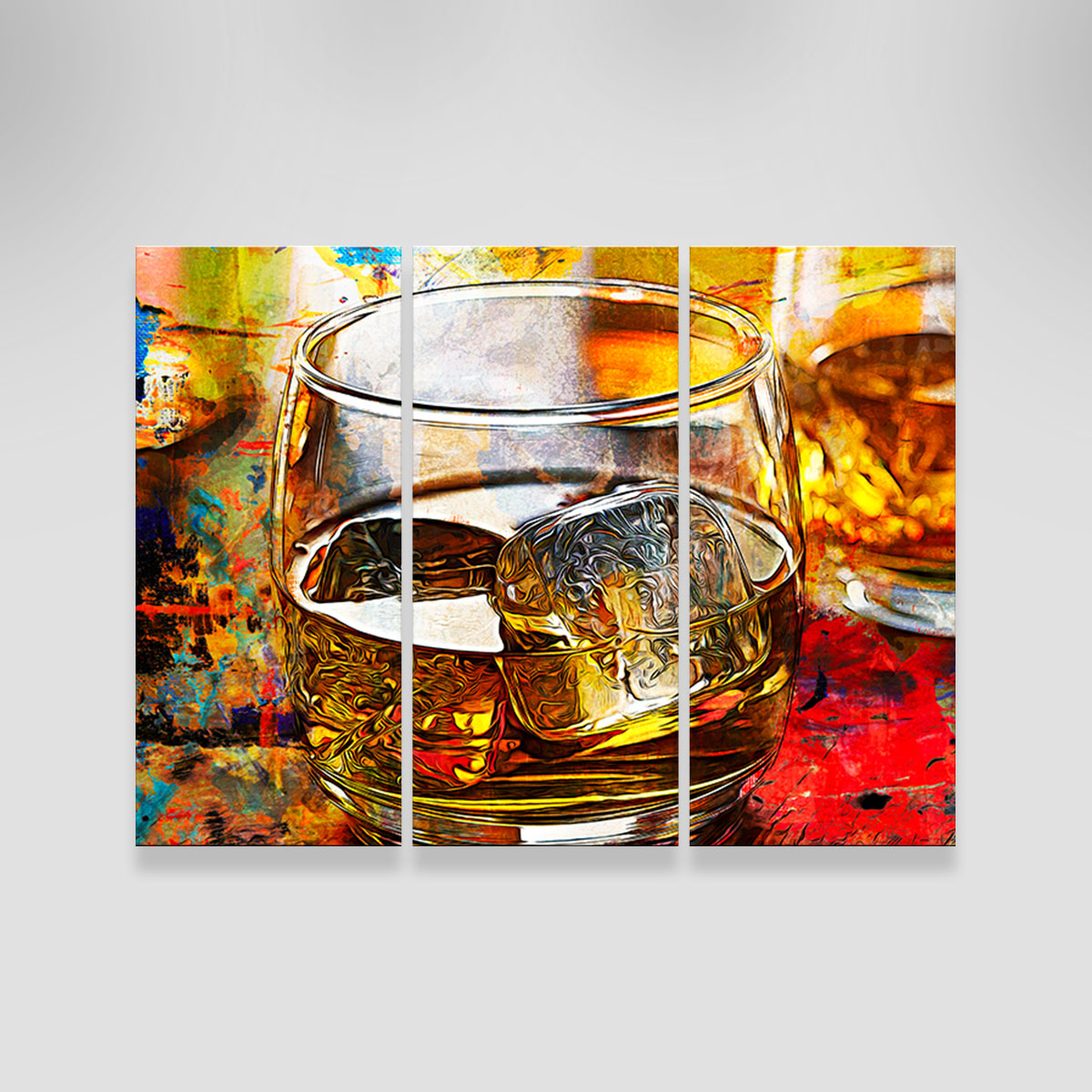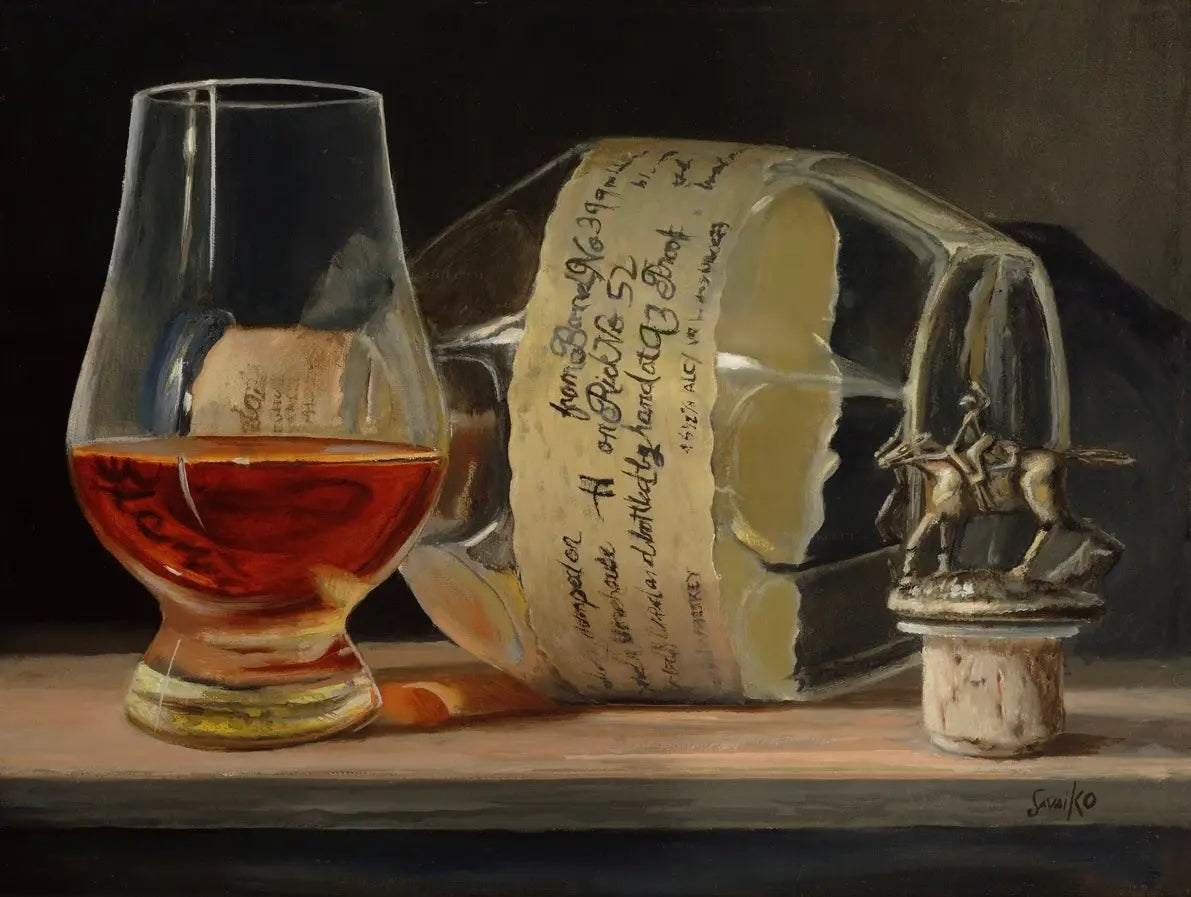Transform Your Room with Sensational Whiskey Art Inspired by Nature
Transform Your Room with Sensational Whiskey Art Inspired by Nature
Blog Article
The Importance of Whiskey Art in Celebrating Heritage and Craftsmanship in the Beverage Industry
The detailed relationship in between bourbon art and the celebration of heritage and craftsmanship within the beverage sector can not be overemphasized. Through attentively created bottles and labels, whiskey brand names envelop their historical origins and the artisanal abilities that define their manufacturing approaches.
The Historical Origins of Whiskey
At the heart of bourbon's attraction exists a rich tapestry of historical roots that trace back to old worlds. The beginnings of bourbon can be connected to the distillation techniques of the Sumerians and Babylonians around 2000 BCE, where early forms of fermented grain drinks started to emerge. Nevertheless, it was in the Middle Ages that the art of purification evolved dramatically, particularly in Ireland and Scotland, leading to the production of bourbon as we understand it today.
The term "scotch" itself stems from the Gaelic word "uisce beatha," implying "water of life." This phrase emphasizes the social relevance of whiskey in Celtic cultures, where it was typically linked with routines, parties, and public bonding. By the 15th century, distillation became a recognized craft within reclusive neighborhoods, paving the means for the establishment of legal distilleries.
As trade courses increased, bourbon's popularity grew, transcending regional borders and catching the interest of aficionados worldwide. Bourbon Art. This historical journey shows not just the workmanship behind whiskey production yet additionally its important duty in social and social contexts, marking it as a significant drink throughout background
Artistic Expression in Branding
Bourbon branding stands as an engaging crossway of artistry and business, where visual identification plays an important duty in forming customer assumption. The appearances of scotch tags, packaging, and advertising materials show not only the brand's story yet also its core values and heritage. Through creative expression, distilleries convey a narrative that resonates with consumers, evoking feelings and sparking connections.
Using color, typography, and imagery in branding serves to separate items in a saturated market. As an example, standard motifs might stimulate a sense of authenticity and workmanship, while contemporary styles can symbolize innovation and forward-thinking. This tactical imaginative instructions enhances brand recognition and loyalty, enabling consumers to forge a personal partnership with the whiskey they pick.
Moreover, artistic expression in branding typically works as a party of local heritage. Distilleries often incorporate neighborhood icons or historical referrals right into their styles, creating a sense of area that welcomes customers to engage in a wider social experience. Ultimately, the artistry behind scotch branding not only enhances aesthetic charm yet additionally improves the total narrative of the brand, cultivating a much deeper appreciation for the workmanship and heritage ingrained in each container.
Workmanship in Bottle Style
The artistry noticeable in bourbon branding extends beyond aesthetic identity to incorporate the workmanship included in container style. Each container functions as a vessel not just for the spirit within, but also for the tale it tells about its quality, beginning, and practice. The style procedure requires careful focus to information, as aspects such as shape, closure, and product contribute dramatically to the overall assumption of the whiskey.
Craftsmanship in bottle design entails choosing top quality glass that can improve the scotch's shade and quality, while also providing a responsive experience for the consumer. The shape of the container should be both practical and cosmetically enticing, frequently mirroring the heritage of the brand. basics Lots of distilleries choose special forms or embossed logos that evoke a sense of credibility and background.
Furthermore, the label style and typography play an essential function in communicating the brand name's narrative. Bourbon Art. A well-crafted container not only mesmerizes the customer's eye however also enhances the Bonuses brand name's commitment to top quality and tradition. In this way, the craftsmanship of bottle style ends up being a crucial facet of the scotch experience, combining creativity with a profound regard for heritage
Cultural Relevance of Scotch Art
Celebrating practice and workmanship, the cultural significance of whiskey art transcends plain aesthetics, intertwining with the social and historical narratives of the areas from which it originates. Each container works as a canvas, depicting the one-of-a-kind tales, folklore, and practices that have shaped neighborhood whiskey-making techniques. The complex designs often reflect the heritage of the distillers, integrating symbols and motifs that reverberate with the society and values of their areas.

Furthermore, scotch art plays a vital role in public events and events, functioning as a tangible web link between people and their shared experiences. By valuing the artistry in scotch product packaging, customers grow a much deeper understanding and respect for the craft, inevitably enhancing their satisfaction of the drink itself.
Modern Trends in Bourbon Discussion
Recently, the presentation of bourbon has actually evolved to show modern preferences and trends while still honoring traditional workmanship - Realism Art. Distilleries are increasingly concentrating on visual elements that boost the general alcohol consumption experience, connecting the gap between heritage and modernity
Innovative container styles have emerged, commonly incorporating lasting materials and creative tags that inform compelling stories. Lots of brand names now team up with regional musicians, instilling their items with unique aesthetic expressions that resonate with customers. Furthermore, limited-edition launches are frequently packaged in collectible containers, adding worth and allure for lovers.

Conclusion
In final thought, scotch art offers as a crucial conduit for revealing the heritage and workmanship inherent in the beverage market. Through complex branding, cutting-edge container designs, and culturally significant artistic elements, scotch brands effectively honor their customs and attach with customers.


Workmanship in container design includes picking premium glass that can enhance the whiskey's color and quality, while also giving a tactile experience for the consumer. In this way, the workmanship of bottle layout becomes an essential aspect of the bourbon experience, merging artistry with a profound respect for heritage.
In conclusion, scotch art serves as a vital avenue for sharing the heritage and craftsmanship intrinsic in the drink industry.
Report this page